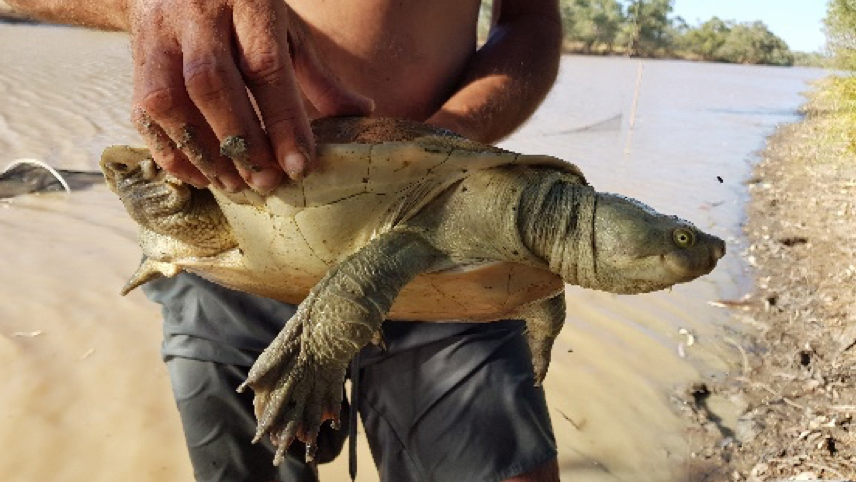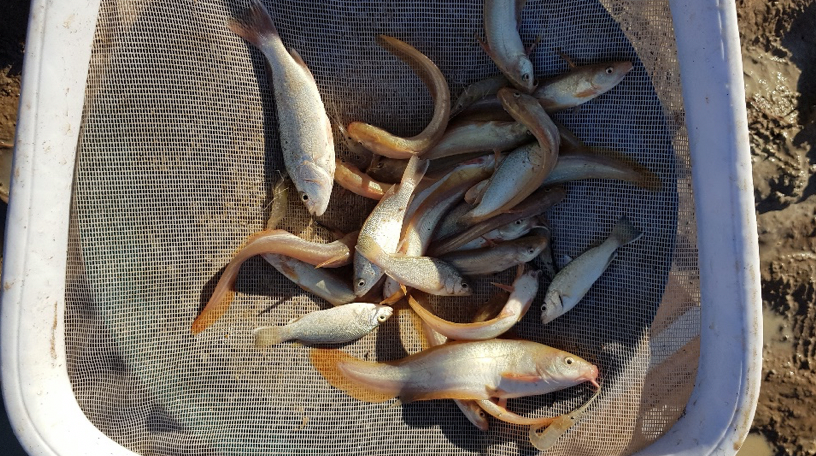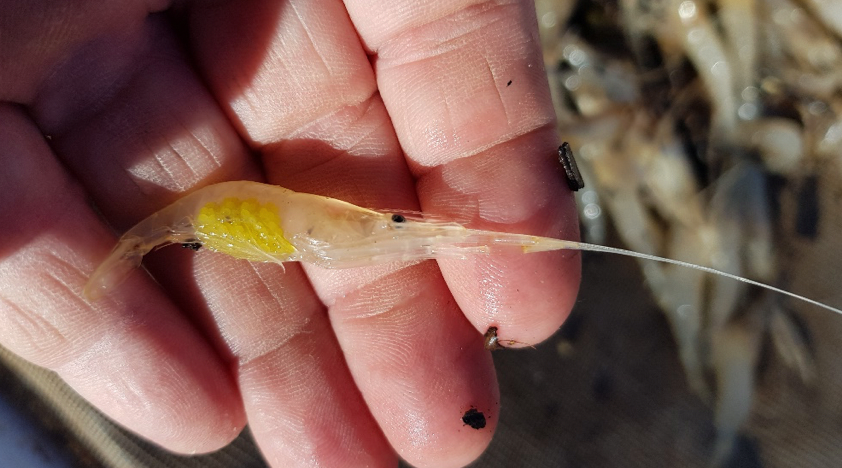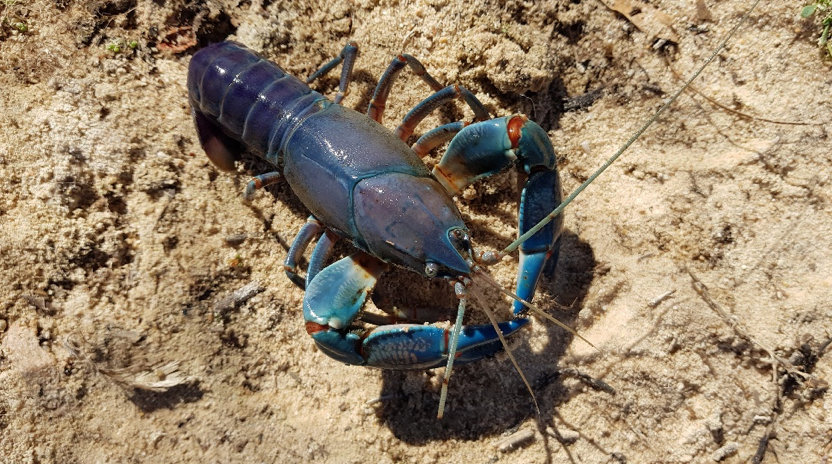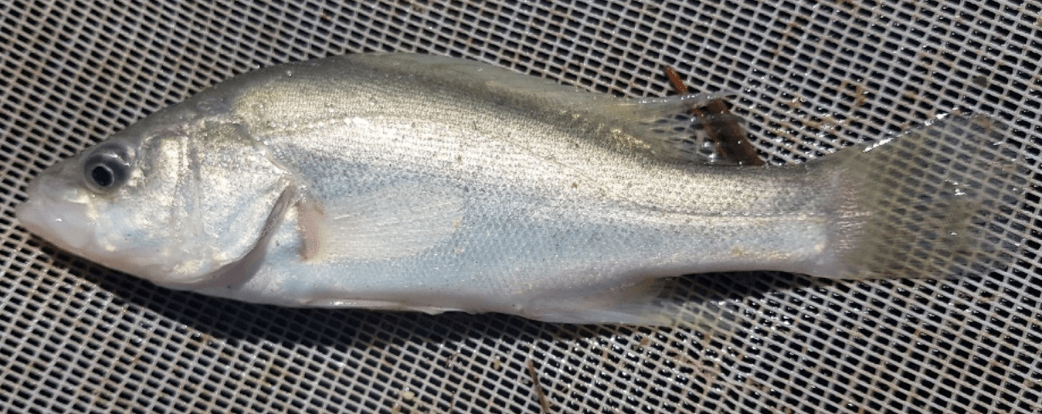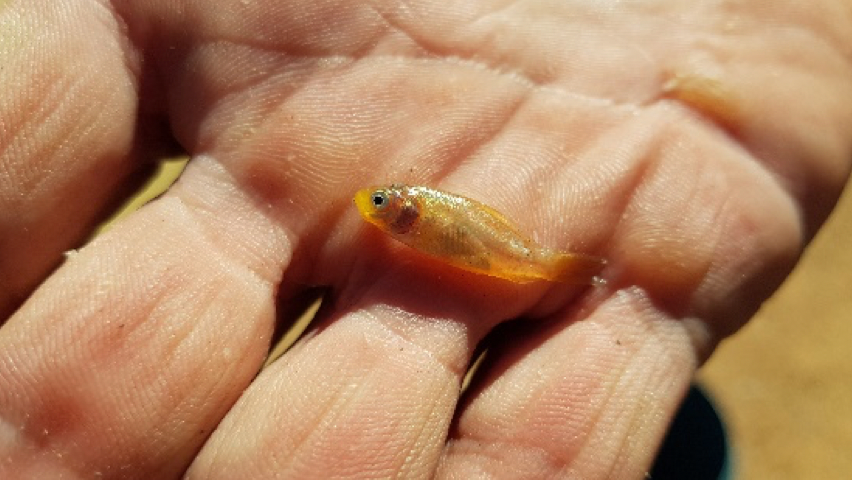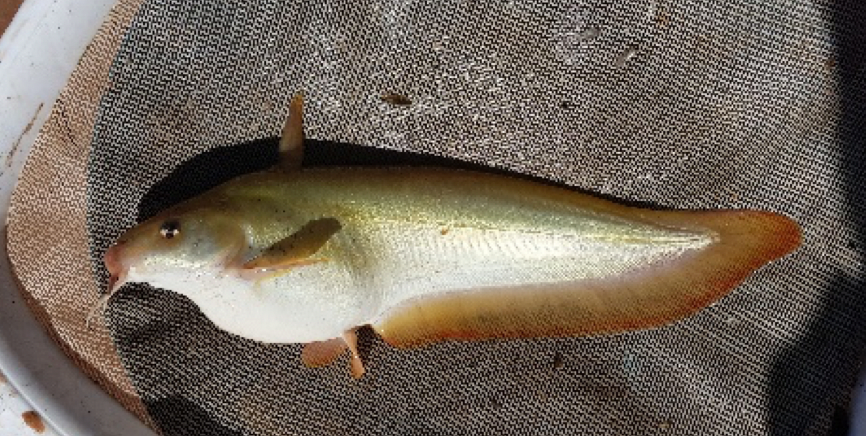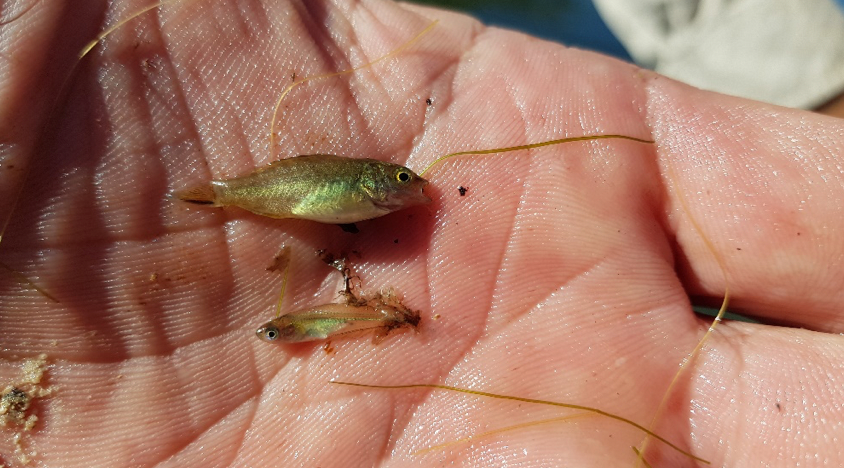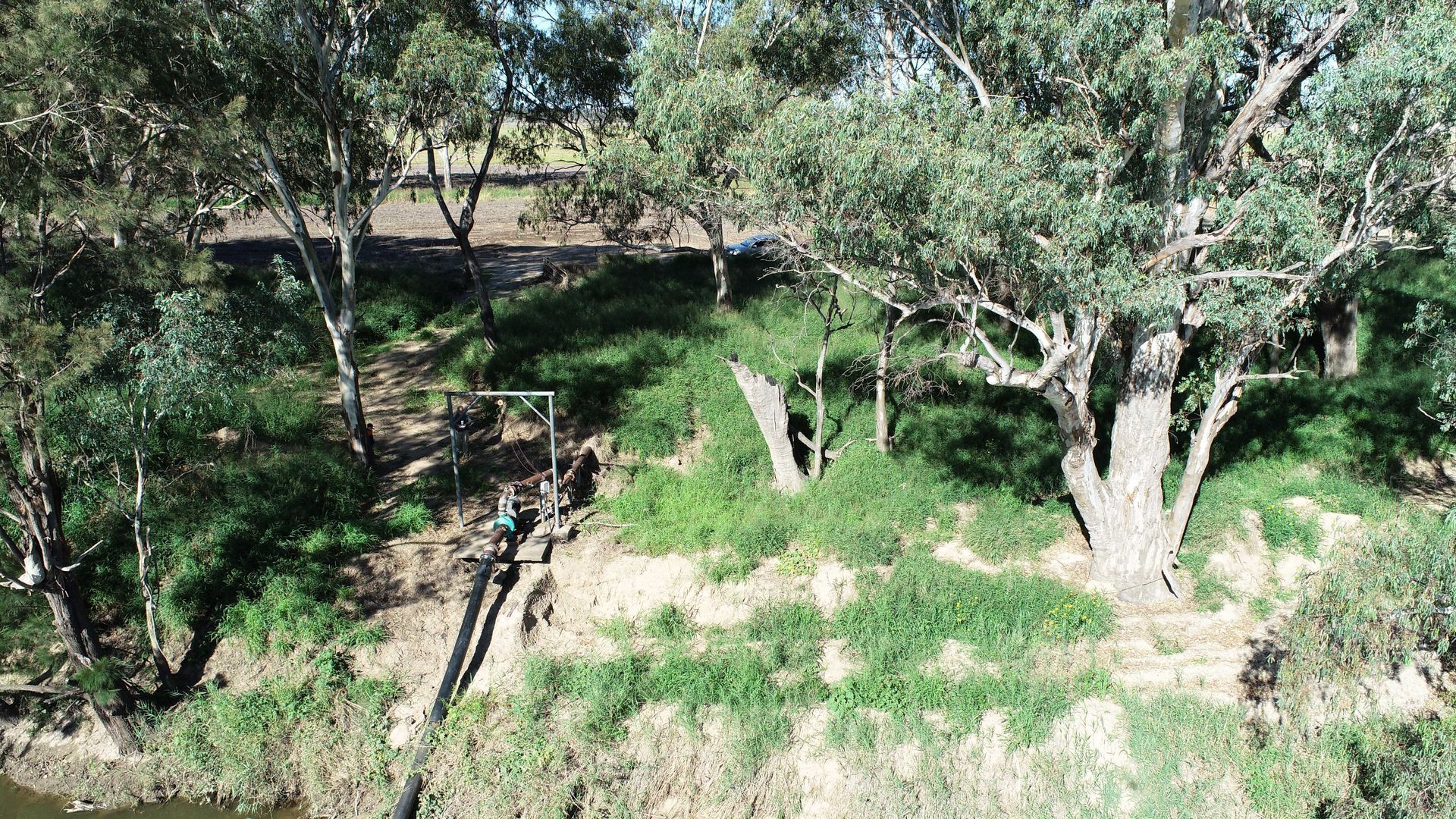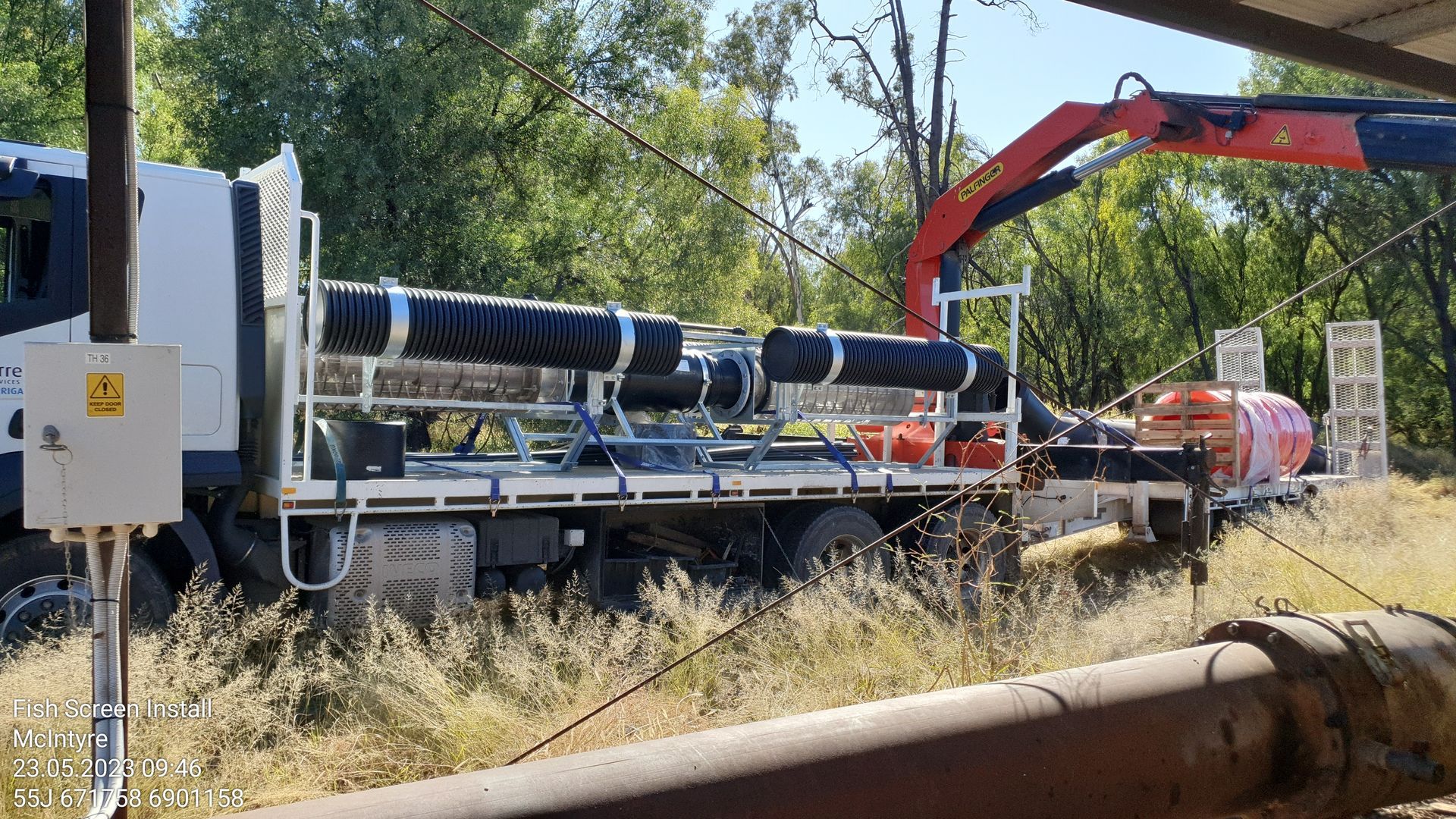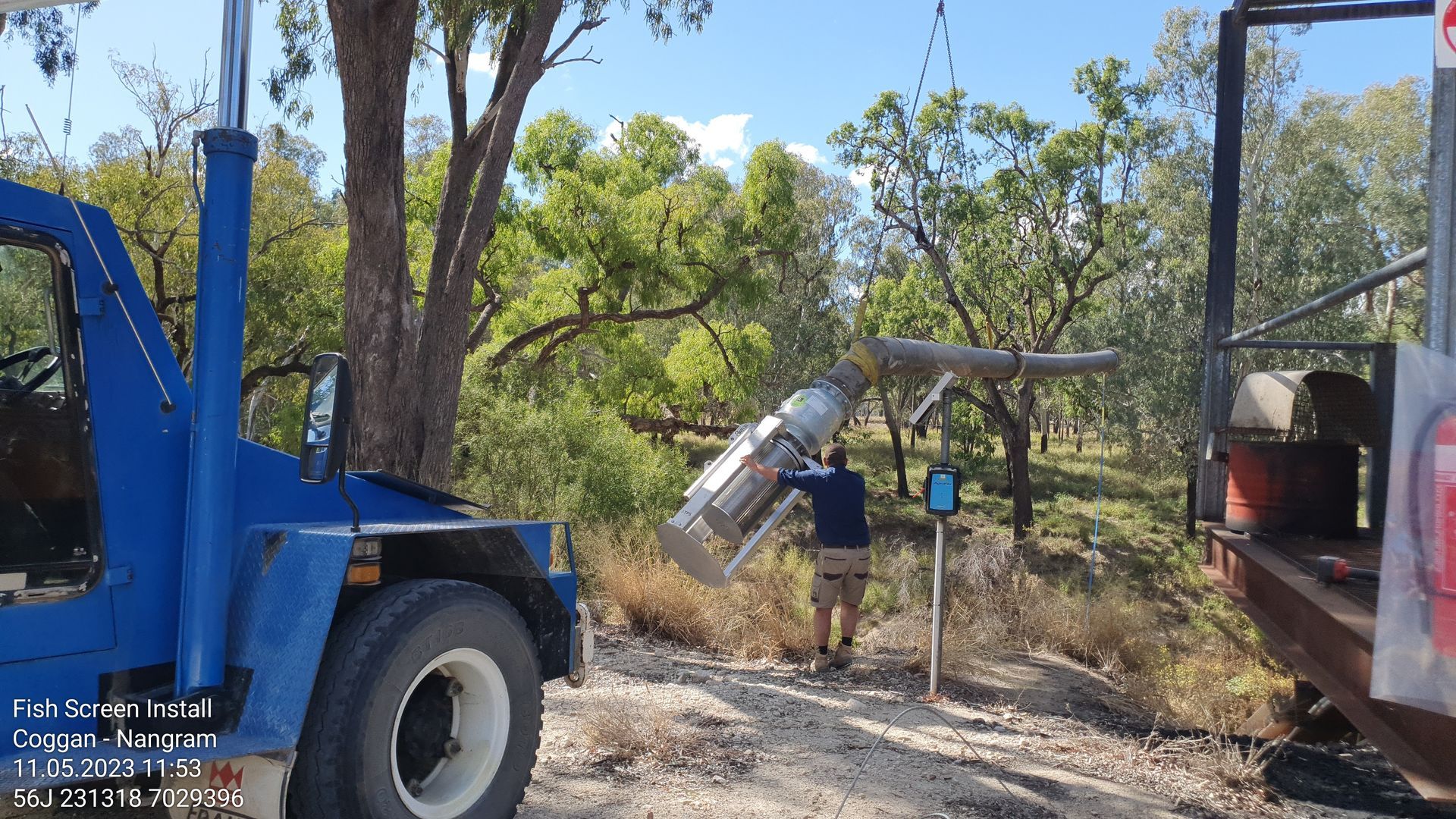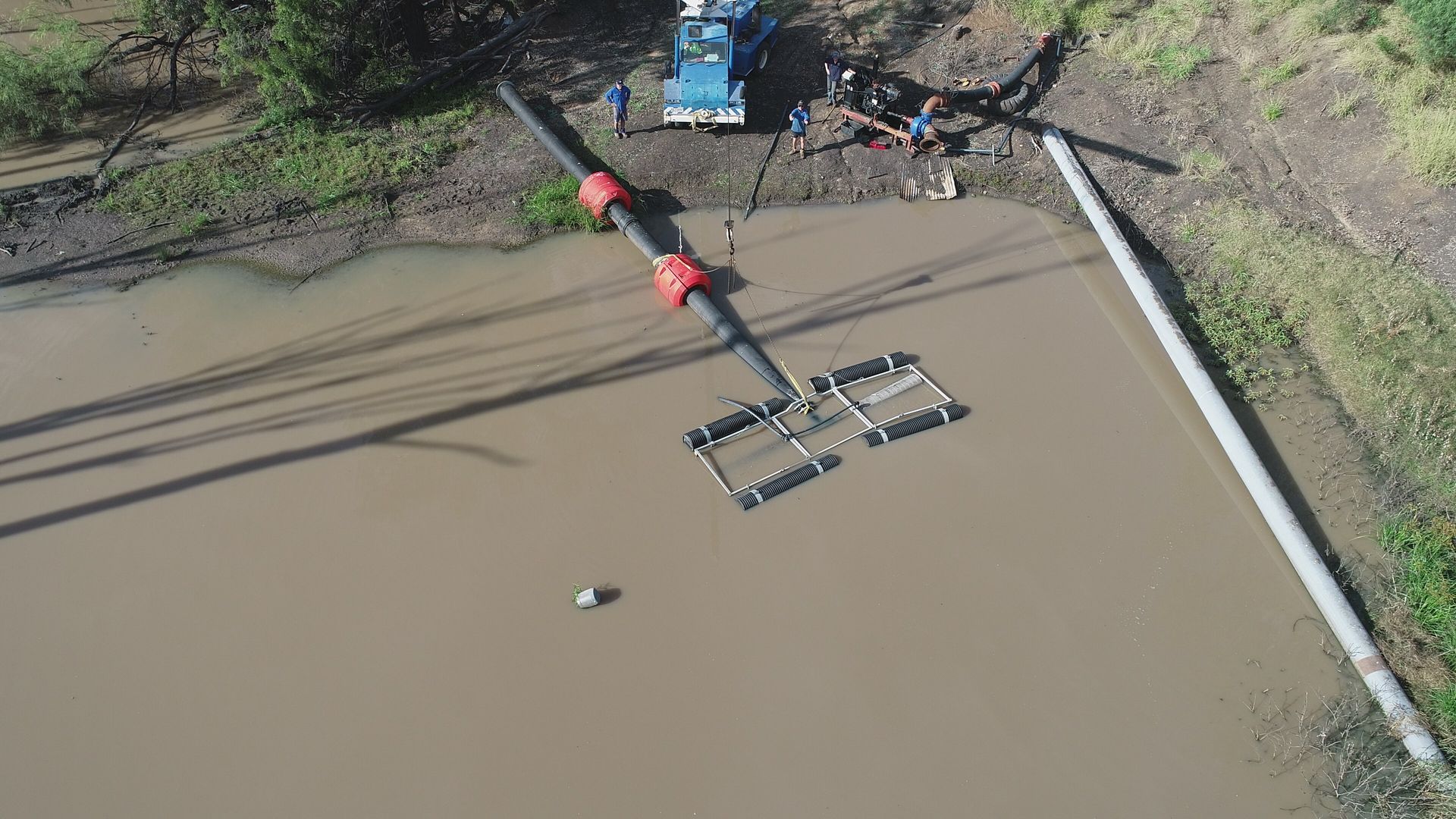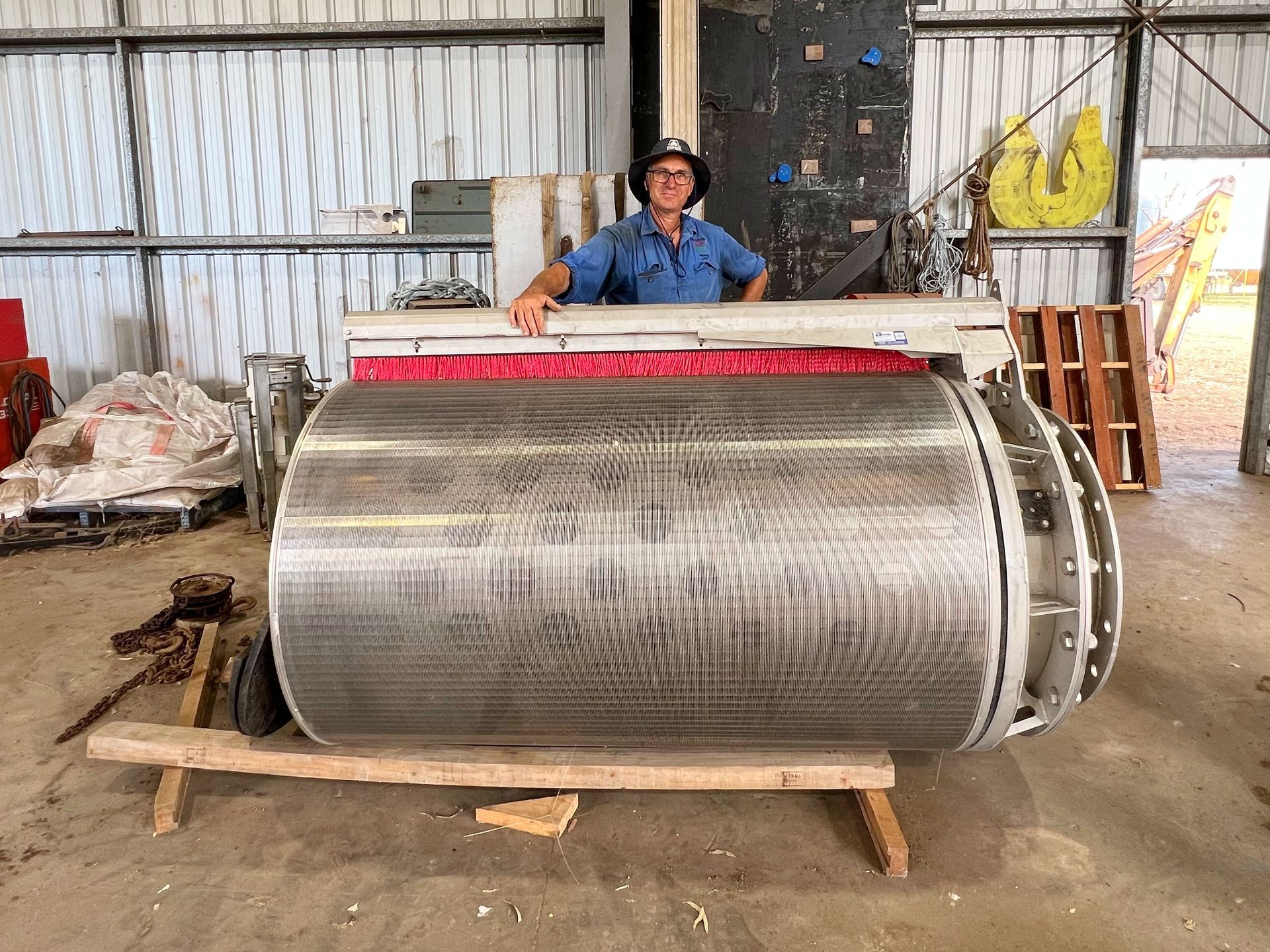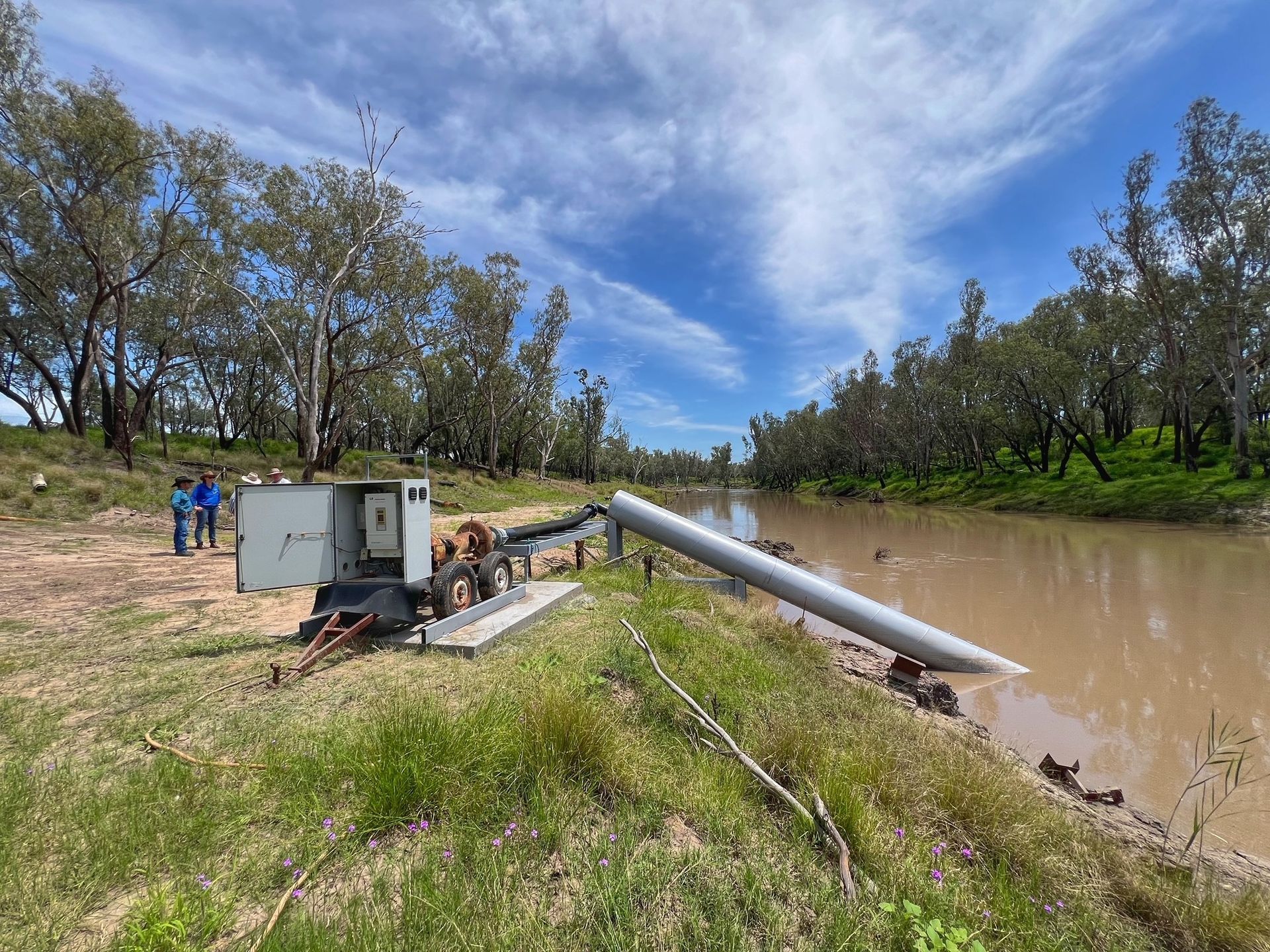Having a splash taking stock of the waters!
Late last year, in partnership with Queensland Parks And Wildlife Service rangers, our team conducted fish surveys in the lower Paroo catchment and parts of Currawinya National Park.
The surveys follow on from previous activities and aim to assess the presence and relative amounts of alien fish in the system, as-well-as the return of native fish to the long droughted creeks, waterholes and lakes.
Freshwater ecologist, Dr Adam Kerezsy teamed up with SQ Landscapes Senior Project Officer, Chris Crafter and Queensland Parks And Wildlife Service staff. Under the direction of the Ranger in charge, Shellie Cash, the group surveyed fourteen sites across selected permanent, semi-permanent and episodic wetlands of the lower Paroo River and Currawinya National Park. Providing valuable fauna and pest knowledge, the activities also support monitoring obligations for the Ramsar site.
So, what were the survey results?
- The team sampled 2477 fish across the fourteen sites with the most abundant species being Spangled Perch (1562).
- Alien species were less than 5 per cent of the total with only 107 sampled.
- Carp were generally only in samples from the Paroo River Waterholes and Boorara creek, although two Goldfish were caught at Werewilka creek.
- No alien species have been detected in any of the lakes samples yet.
Take a look at the photos below - just some of the many creatures surveyed by the group.
The activities took place under the directions of Queensland Parks And Wildlife Service & Partnerships as part of SQ Landscapes Regional Land Partnerships Environment project.
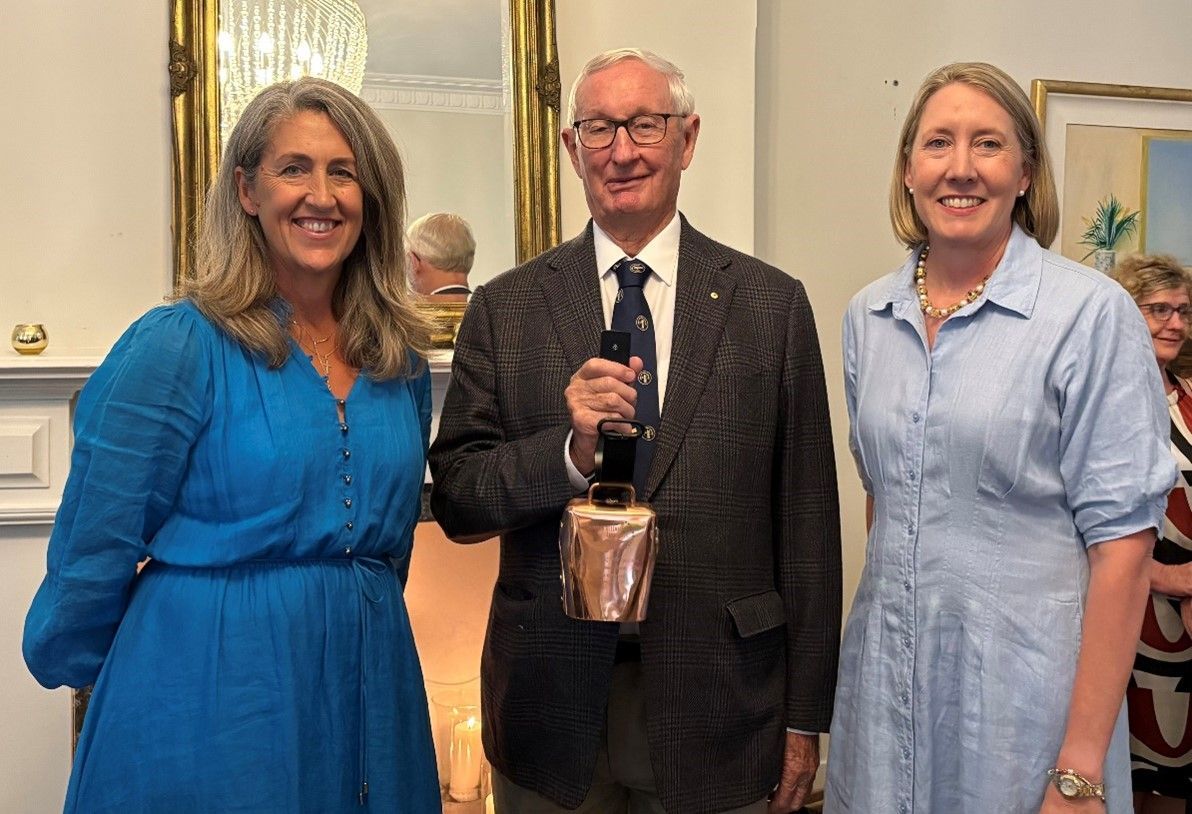
Southern Queensland Landscapes is seeking an experienced and influential Board Chair to lead a multi-skilled Board in managing natural resources across Southern Queensland. This is a 3-year remunerated role based in Toowoomba, QLD, with the flexibility to manage from anywhere in Southern QLD. The ideal candidate will bring: • Substantial experience leading diverse Boards • Strong relationship-building and leadership skills • Expertise in environmental and agricultural matters This role is an opportunity to shape the future of natural resource management, working closely with land managers, community leaders, and industry professionals. Are you ready to make an enduring impact? For more details and to apply, visit www.windsor-group.com.au/job/board-chair-natural-resources-peak-body or contact Mike Conroy at apply@windsor-group.com.au.
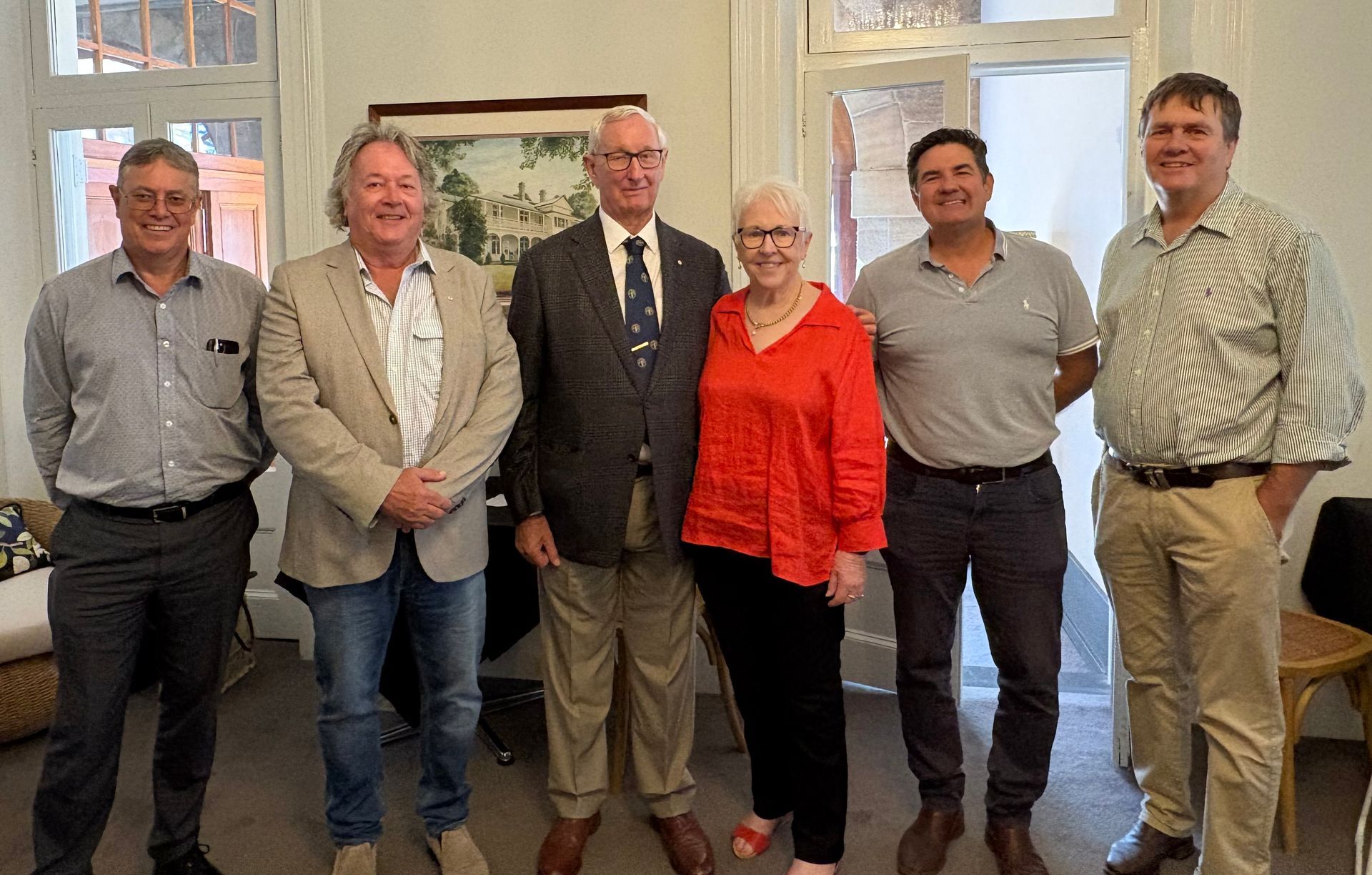
This week marked the final Board meeting for retiring Southern Queensland Landscape Chair, The Hon Bruce Scott AM. The Southern Queensland Landscapes Board hosted a function at Gip’s restaurant in Toowoomba, joined by past Directors, industry stakeholders and the Southern Queensland Landscapes Management team, where Bruce was warmly acknowledged and thanked. Bruce offered special thanks to his dear wife Joan for her support during his period of service to Southern Queensland Landscapes, in particular the warm country hospitality she has offered to many visitors to Roma. Bruce also recognised and thanked Southern Queensland Landscapes Company Secretary Pam Murphy, who has supported Bruce in his service to Southern Queensland Landscapes since the organisation’s inception.
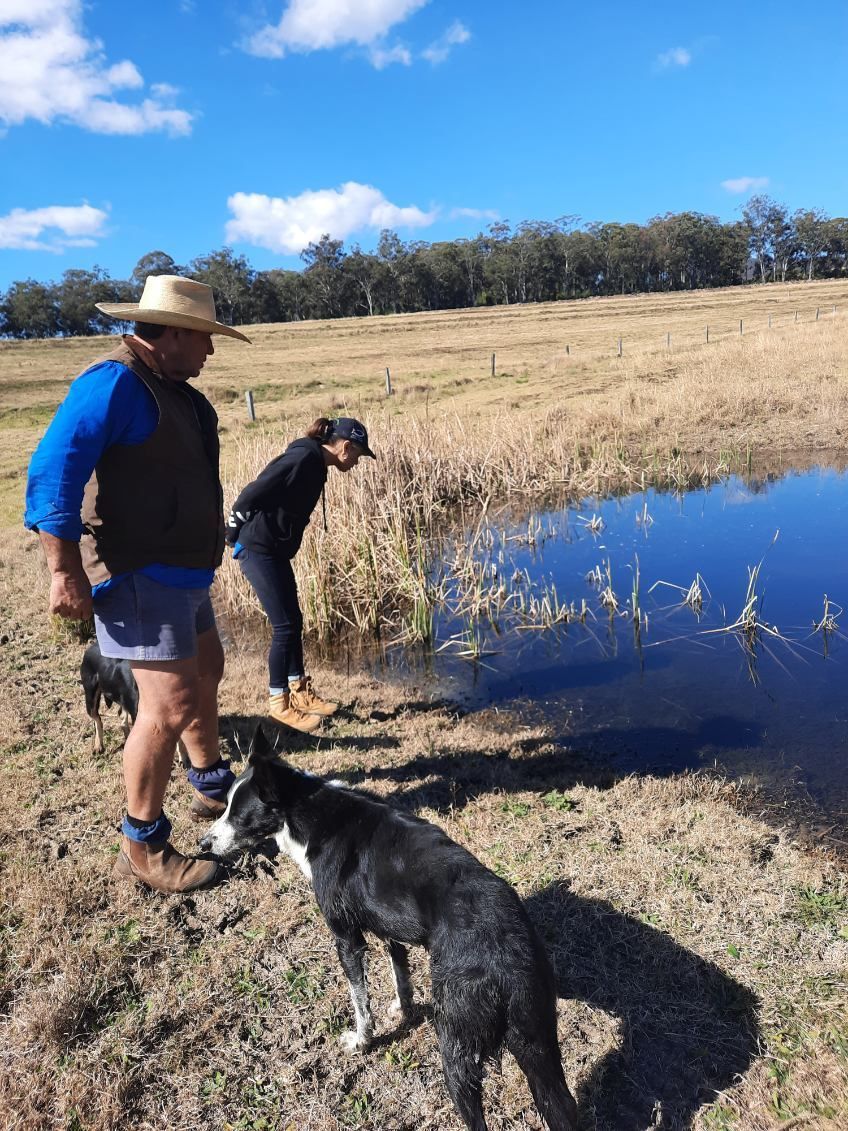
The Condamine Headwaters, a critical ecosystem in Southern Queensland, has long faced threats from sedimentation, habitat degradation, and thermal regime changes. The Blackfish Project, dedicated to reversing these impacts, unites scientists, landowners, and the community in a shared mission to restore and protect this vital environment. At its core lies the river blackfish, a sensitive indicator of the overall ecosystem health. Central to the project's success is the unwavering commitment of landowners like Paul Graham. Inspired by the project's vision, Paul reached out to SQ Landscapes seeking support for a solar pump and tank to divert his cattle away from waterways on his property. Paul's deep-rooted love for his land, captured in his humorous quip "I love my land more than I love my wife," is a testament to the powerful connection between people and place that drives conservation efforts.
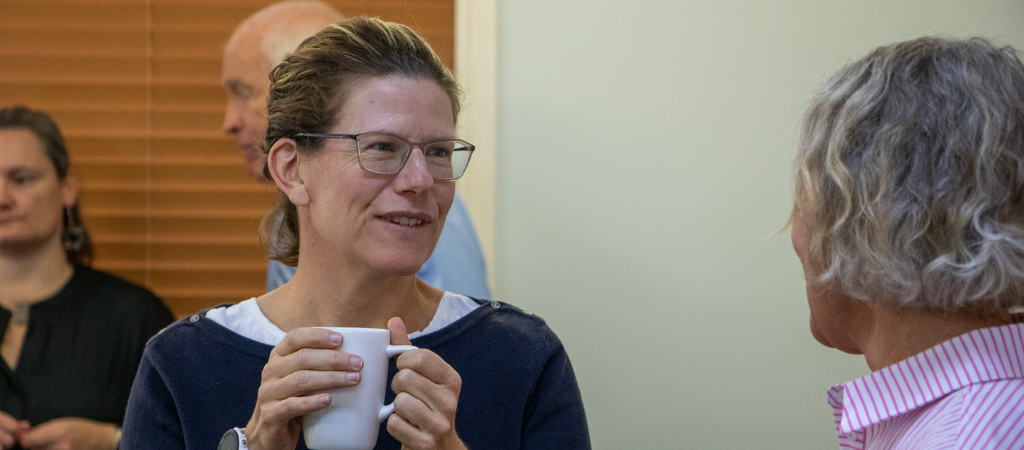
The Board of Southern Queensland Landscapes recently met in Toowoomba. In addition to the Board meeting, Board and Executive worked through updating SQ Landscapes’ strategy. Company Secretary Pam Murphy highlighted the importance of the latest Board meeting and what it means for the company’s future. “The updated strategy will help SQ Landscapes deliver sustainable natural resource management (NRM) outcomes that improve the lives of people in regional communities now and for the future,” Pam Murphy said. “We’re excited to continue delivering value for our region and build Flourishing Landscapes and Healthy Communities across Southern Queensland under the guidance of the Board,” Mrs Murphy said.

